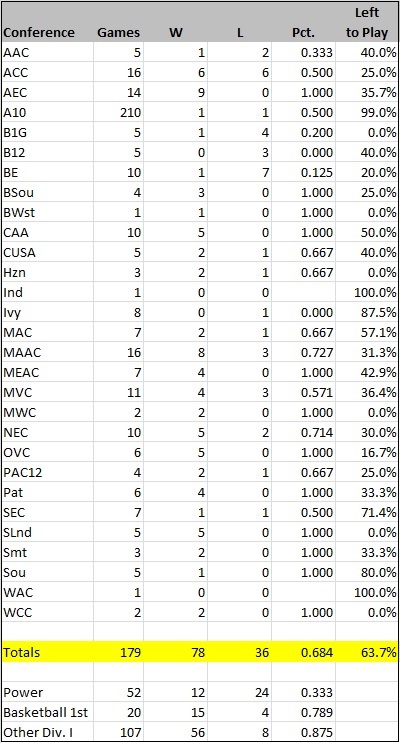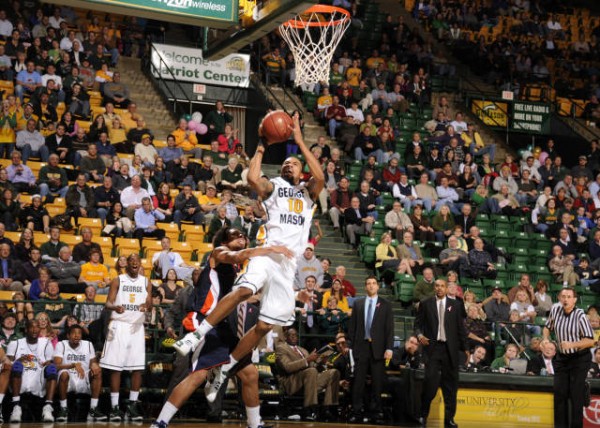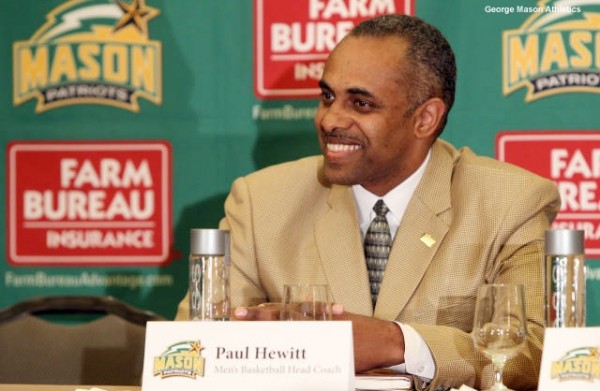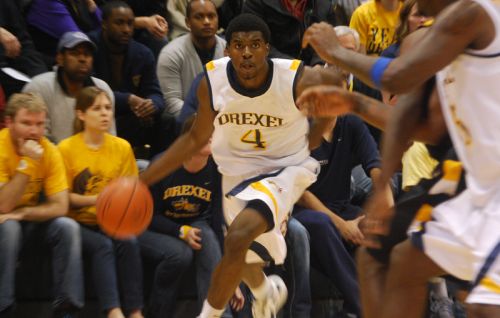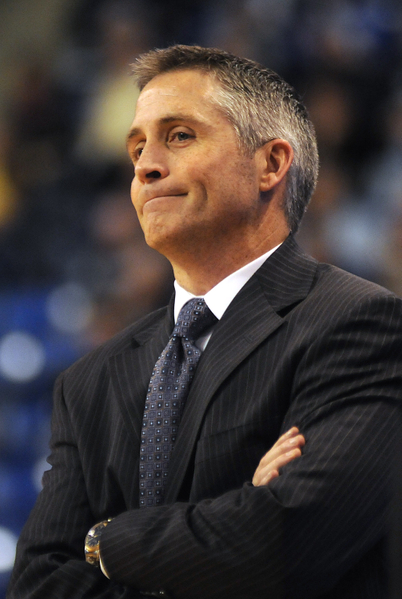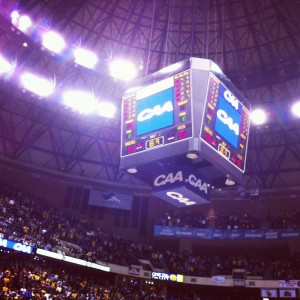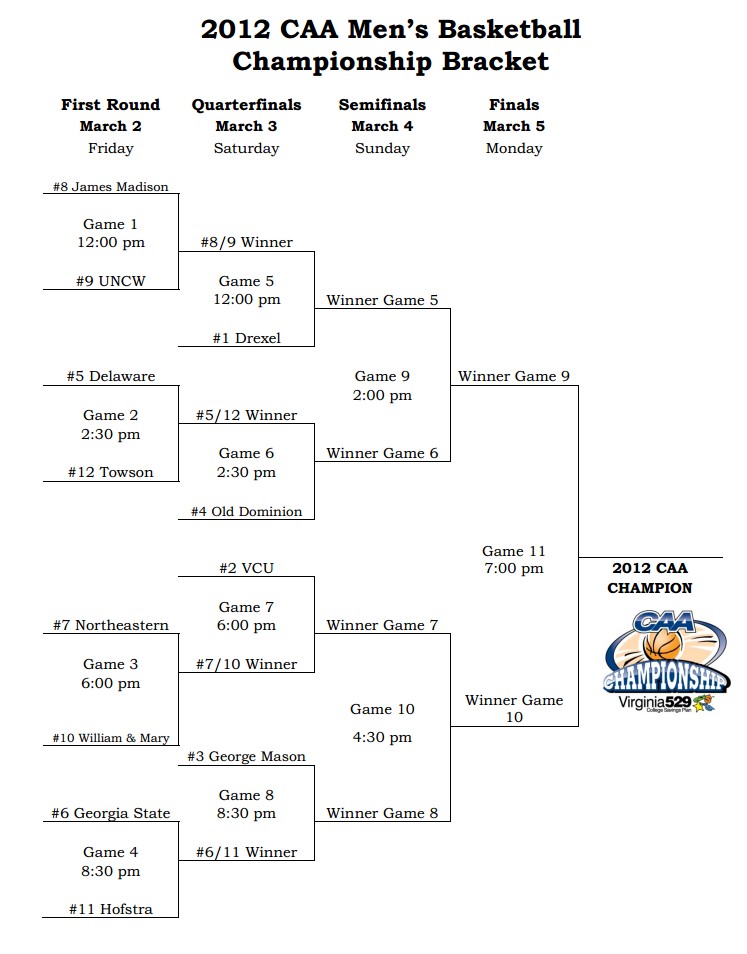Previewing the Atlantic 10 Tournament
Posted by Joe Dzuback (@vtbnblog) on March 12th, 2014Joe Dzuback is the RTC correspondent for the Atlantic 10 Conference. You can also find his musings online at Villanova by the Numbers or on Twitter @vtbnblog.
Everything’s Gonna Be OK
The unasked question at Media Day last October was how the conference would fare without Temple and Xavier (not to mention Charlotte and Butler). In the 17 seasons since John Calipari left Massachusetts, the Owls or the Musketeers won (or shared in) 10 conference regular season titles, won eight conference tournaments, collected 25 of the 56 NCAA bids, and represented with at least one entrant in all but a single postseason (2005). Their last season in the league had more whimper than bang, so the remaining 13 members have to build their future without the name recognition and traditions that those programs contributed to the whole. If this season is the foretelling of things to come, though, the A-10 will be in great shape over the long run. Stellar non-conference play by George Washington, Massachusetts and Dayton, along with strong showings from Virginia Commonwealth (albeit disappointing by preview standards) and Saint Louis have put the conference in a no-man’s land between the basketball-first conferences (the West Coast, the Missouri Valley, C-USA and Mountain West) and the conferences that sit atop Division I. Whether the chosen metric is the RPI (ranked #6), Ken Pomeroy (ranked #8), Sagarin (ranked #8) or Dunkel (ranked #8), the Atlantic 10 is clearly positioned closer to the elite conferences than the other 25. Anticipating between four and six NCAA bids, the conference is about to kick off the second edition of its tournament at Brooklyn’s Barclays Center, and ready for the limelight.
Four, Five… or Six?
The consensus of season previews anticipated that Virginia Commonwealth, Saint Louis and Massachusetts would catch the Selection Committee’s attention, but by the eve of conference play, two more — Dayton (12-3) and George Washington (12-2) — had joined them to assemble a group that potentially could equal last season’s record five bids (matched twice before). Massachusetts and Dayton faltered in conference play, but the Minutemen were secure enough by mid-January that the slippage has translated into a #7 seed line this week. A 1-5 start put Dayton out of the field of 68, but a 6-1 February followed by a 3-0 (so far) March has moved Archie Miller’s squad back into the conversation as a possible First Four (#12 seed) candidate. As for VCU (#8), St. Louis (#6) and GW (#8), all appear to be secure enough that an early round exit from the conference tournament should not jeopardize their NCAA bids. St. Joseph’s, despite a mediocre 9-4 (eventually 10-4) non-conference record, compiled an 11-3 A-10 record and appeared to be squarely in the field. An 0-2 closing put the Joe’s at 11-5 and back into a possible round one game in Dayton. The Hawks will need a win or two this week to bolster their resume.






























